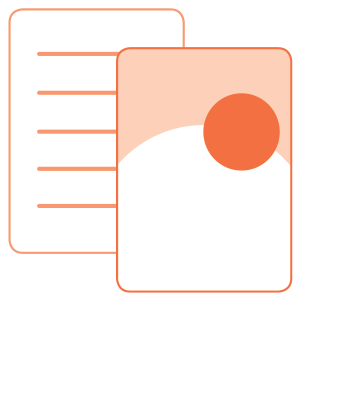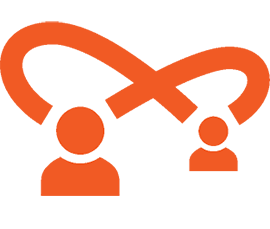
Collect Evidence
Well-represented data and results cannot be ignored, specifically if it is people-centered. The CPA provides us with a unique set of information that combines quantitative and qualitative data on different sectors, providing an added value for designing and implementing activities, both in response and advocacy.
The first step of the CPA is to collect evidence
The CPA provides the basis to understand the vulnerabilities, threats and capacities of each community. Our system of analysis adapts to project implementation’s timelines and needs, and additionally allows us to measure and show the outcomes of the activities we implement on boys, girls, men and women within the community. “We can deliver the same project, but with added value in terms of evidence”.
QUANTITATIVE & QUALITATIVE DATA – NUMBERS & PEOPLE
The CPA helps to comply and establish a dialogue with donors’ needs and priorities
The accompaniment to the different population groups (AGD) is what makes the difference. The CPA allows that in the implementation of projects.
Support people with information on who they can safely contact, how and for what
Sustainable monitoring of data together with the people (boys, girls, men, women)
WeWorld-GVC is clearly open to having other actors continue the CPA implementation in any area. Sustainability is one of the main strengths of the CPA.





